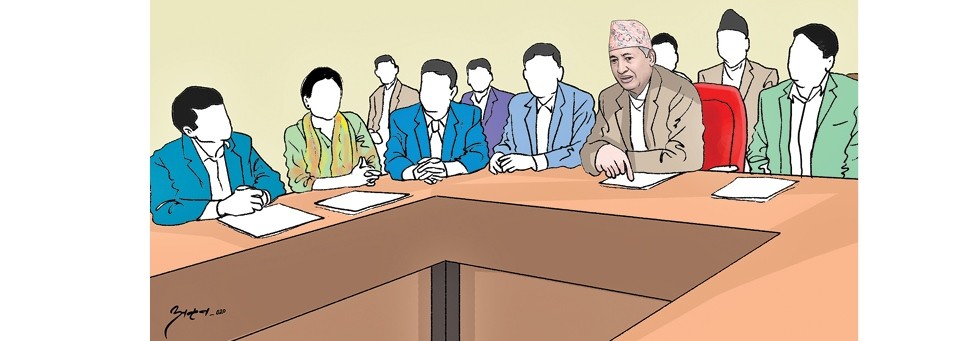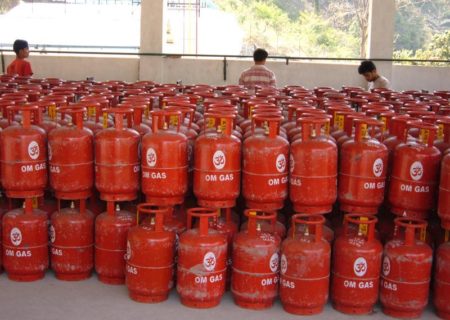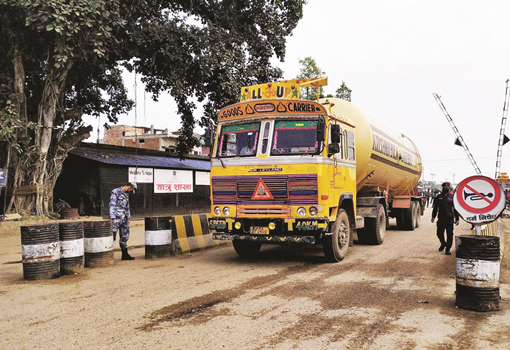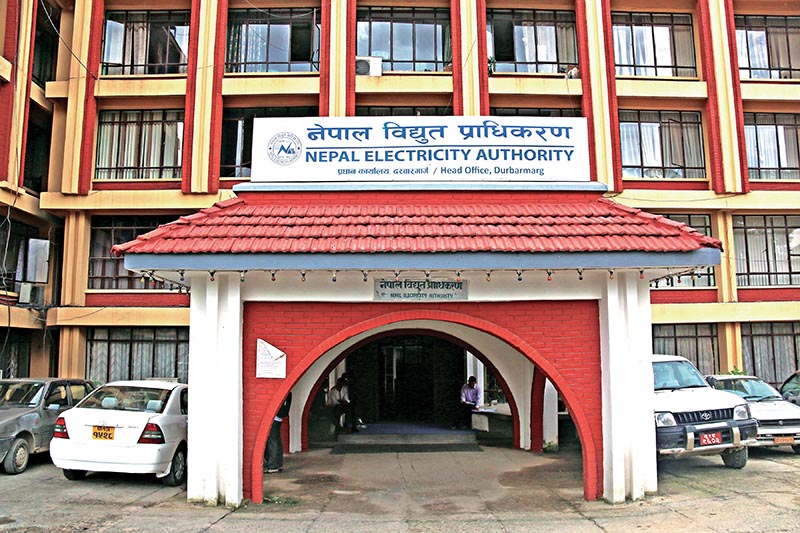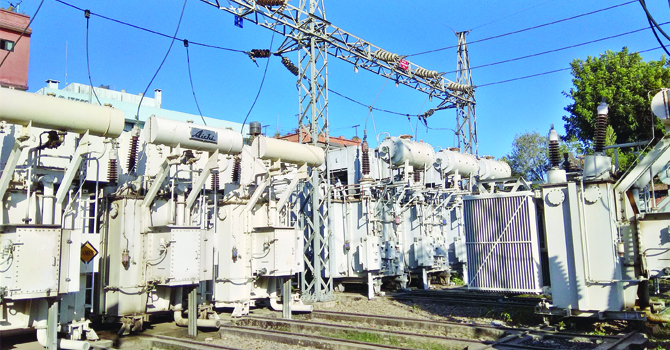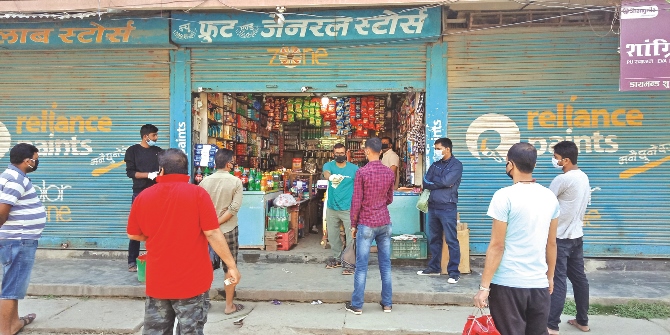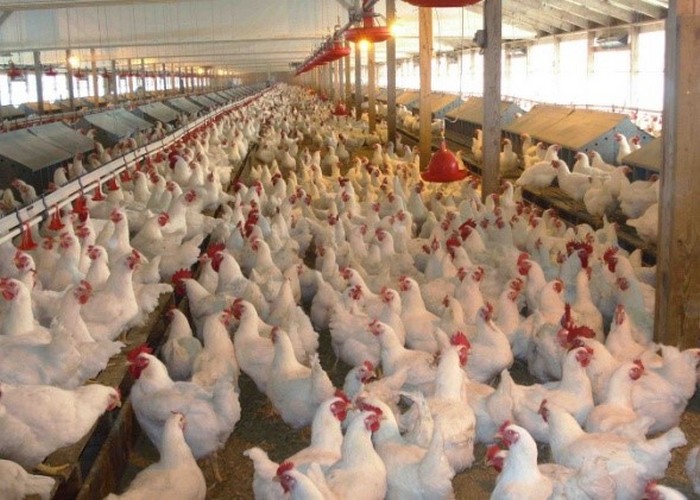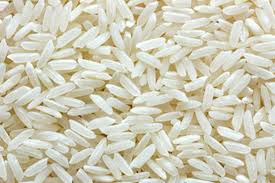NRB gears up to revive coin minting
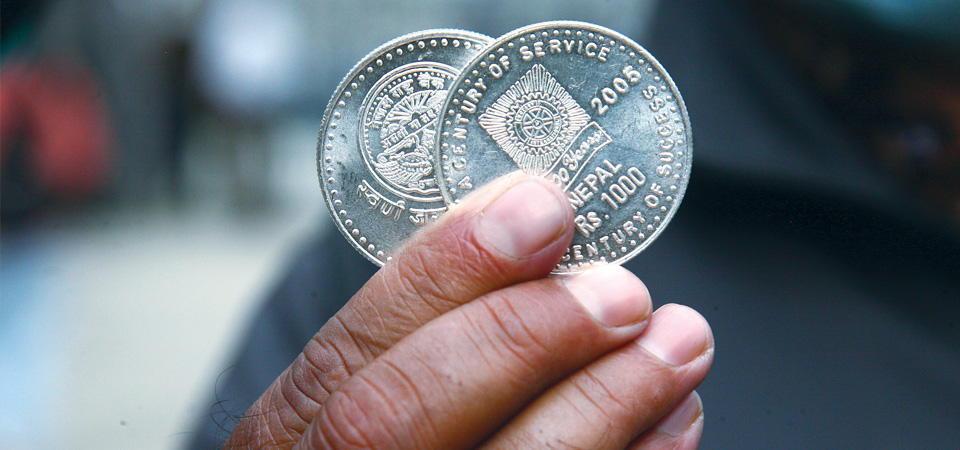
By Laxman Kafle
Kathmandu, Nov. 2: Minting of gold coins (asharfi) and commemorative coins has resumed after two years’ hiatus in lack of office space for the Mint Division of Nepal Rastra Bank, as its previous office located at Sundhara was demolished for the reconstruction of the Dharahara tower.
The Mint Division had been shifted to a building of the Nepal Aushadhi Limited, Babarmahal from Sundhara and it has begun minting asharfis (gold coins), Binod Raj Acharya, director of the division, said.
After the government opted to rebuild the earthquake-damaged Dharahara through the Nepal Reconstruction Authority, the Mint Division had to be relocated to Babarmahal.
Acharya said that they started minting the gold coins from their temporary office in Babarmahal in order to preserve the traditional skills of coin minting.
“With the technical support of Mechanical Engineering Department, Kathmandu University, we were able to mint asharfis by maintaining the machines that were affected by the earthquake and developed rust as they had not been in use for a long time,” he said.
Interestingly, the machines were brought during the reign of Rana Prime Minister Juddha Shumsher for the then Minting Department.
In 1983, the Department came under Nepal Rastra Bank as a division, and started minting coins of small denominations of one, five, 10, 25 and 50 paisa and Rs. 1 to Rs. 5.
Despite the fact that the trial production of asharfis began Friday, Acharya stated that commercial manufacture of gold and silver asharfis and souvenir coins would begin from mid-November.
He said the division has enough machines for minting coins commercially. “The current management of NRB is committed to properly operate the existing machines and adopt advanced technology as well,” he added.
“If high-tech equipment can be adopted, regular coins can also be issued,” he said.
“We are also planning to issue souvenir coins of Chhath festival at the earliest,” he told The Rising Nepal.
“Work on the physical infrastructure for setting up machines and their maintenance is going on in full swing,” he said.
The key task of the division is minting and selling gold coins, medallions and commemoration coins, buy raw gold and silver from the government offices, sell and manage the circulation of coins of denomination Rs.1 and Rs. 2, manage sales of raw gold and silver and quality assurance of gold, silver and other metals, if needed.
However, the printing from the new and old machines and manpower has been limited to souvenir coins and badges and medals at the Mint Division of the NRB.
The Mint Division, which had stopped minting coins almost two decades (2060 BS) ago, is now managing other currencies, including printing souvenir coins, asharfis and medals.
Despite having adequate skills and technology, Nepal has been importing Rs. 1 and Rs. 2 coins in circulation for the last few years.
Of course, it is an irony that Nepal, which supplied coins to other countries in the medieval period, is now importing them. History of coins in Nepal goes back to King Manadev of Lichhavi period who introduced Manank, the first coin of Nepal. But now, coins are minted only occasionally in Nepal.
According to Acharya, now minting can be done as per the demand of the government and private sector on special days, events, festivals or occasions.
He said, “After the construction of a new building of the division at Sanothimi in Bhaktapur completes, there is a plan to mint coins regularly. The management of NRB has also been positive in this regard,” he said.
“Machines worth millions of rupees used to make coins in Nepal have almost come to a standstill. If we use them well, we don’t have to go abroad to bring out coins,” he said.
He said that there are 19 employees including four technicians in the office at present. He added that skills have been transferred to new generation with the help of the old retired technicians of the office. The recruitment of the employees, especially skilled in minting, has stopped due to the halt in the minting of coins.
Recent News

Do not make expressions casting dout on election: EC
14 Apr, 2022
CM Bhatta says may New Year 2079 BS inspire positive thinking
14 Apr, 2022
Three new cases, 44 recoveries in 24 hours
14 Apr, 2022
689 climbers of 84 teams so far acquire permits for climbing various peaks this spring season
14 Apr, 2022
How the rising cost of living crisis is impacting Nepal
14 Apr, 2022
US military confirms an interstellar meteor collided with Earth
14 Apr, 2022
Valneva Covid vaccine approved for use in UK
14 Apr, 2022
Chair Prachanda highlights need of unity among Maoist, Communist forces
14 Apr, 2022
Ranbir Kapoor and Alia Bhatt: Bollywood toasts star couple on wedding
14 Apr, 2022
President Bhandari confers decorations (Photo Feature)
14 Apr, 2022


